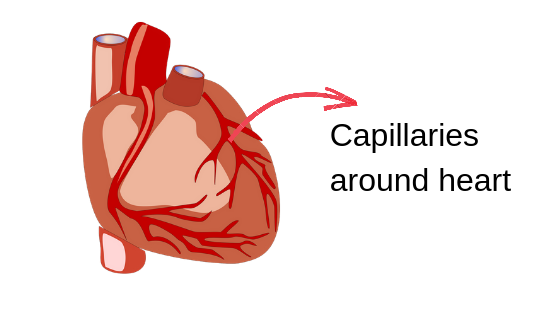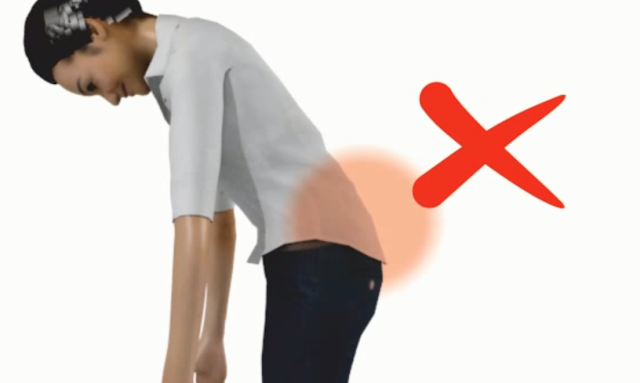
- Both stroke and cardiac arrest are serious medical emergencies that can be life-threatening.
- Although they may share some similarities, stroke and cardiac arrest are two distinct conditions with different causes, symptoms, and treatments.
- Understanding the differences between stroke and cardiac arrest is essential for timely and effective treatment.
Strokes and heart attacks are often confused with each other, but they are very different medical conditions. A stroke occurs due to a problem in the brain, while an anomaly inside the heart causes a heart attack. Although we often use the terms “cardiac arrest” and “heart attack” interchangeably, they refer to two different things.
Cardiac arrest happens when the heart stops beating due to an underlying cause, while a heart attack occurs when the blood supply to the heart tissues is blocked. In this article, we will discuss the differences between a stroke and a heart attack in detail, as well as the distinction between cardiac arrest and heart attack. Let’s get started.
Difference between stroke and heart attack

It’s common knowledge that the heart is responsible for pumping blood throughout our body. This is achieved through a network of capillaries and blood vessels that supply every cell and organ with the necessary nutrients. Interestingly, do you know the size of your heart?
Try this: make a fist and squeeze it as tightly as possible. The size of your fist is roughly the size of your heart.
Just like every other organ, the heart requires oxygen to survive. It has its own network of capillaries and blood vessels surrounding it, supplying it with the necessary nutrients. However, unlike other organs, the heart must contract and pump to function as a pumping machine.
The electrical impulse generated by the heart is responsible for this contraction and pumping action. It is this electrical impulse that differentiates between cardiac arrest and heart failure. Although it may not be entirely clear, this is a crucial difference that underscores the importance of the electrical impulse in the functioning of our hearts.
1) What is cardiac arrest?

During a cardiac arrest, the heart suddenly stops beating, which means it can no longer pump blood to different parts of the body. This occurs due to an impairment in the electrical impulse production, which is necessary to contract the heart muscles and maintain its pumping action.
Without the pumping of blood, vital organs such as the brain, lungs, and kidneys may not receive sufficient blood supply, which can lead to immediate death.
Interesting fact: Which is second heart of human body and why?
2) What is heart attack?

In a Heart Attack, the blood supply to the heart is blocked. Here, the heart is still pumping and beating, but the blood supply to the heart muscle is blocked. This is the main difference between cardiac arrest and heart attack. In cardiac arrest, the heart stops beating, but in a heart attack, the heart is still pumping, but the blood supply to the heart’s muscles is blocked.
Our hearts also need blood supply for survival, And there is a network of arteries and veins around the heart. The artery that carries blood and nutrition to the heart’s muscles gets blocked for various reasons. Because of this blockage, that portion of the heart becomes weak, or if that blockage is prolonged, then that part of the heart may become dead. Because of this, the heart stops pumping or becomes weaker and weaker to pump the blood. And because of this, the death of the person can occur.
How heart attack can lead to cardiac failure
There might be a question in your mind: is there any connection between cardiac arrest and heart attack? Yes, there is a connection; the Heart Attack can lead to cardiac arrest.
What I mean is in a heart attack, because of the blocked blood supply, the heart becomes weak. The weak heart stops pumping blood; it stops beating, leading to cardiac arrest.
Difference between stroke and heart attack
The brain requires a blood supply to survive, which is facilitated through a network of capillaries and arteries. A stroke is caused when the blood supply to the brain is interrupted.
There are two main types of strokes: ischemic and hemorrhagic
Ischemic strokes arise from blood clots that block the blood supply to certain parts of the brain. The lack of blood supply results in the death of brain cells. Hemorrhagic strokes occur due to bleeding in the brain caused by ruptured blood vessels.
Symptoms
Symptoms of a stroke may include a sudden, severe headache, numbness or weakness in certain body parts, confusion or difficulty with speech, difficulty understanding people, loss of balance, and sudden changes in vision.
Treatment and risk factors
The treatment of stroke varies depending on the type of stroke a person has experienced. In ischemic stroke, doctors may try to remove the blood clot or administer a medication called TPA if the stroke is caught early. In hemorrhagic stroke, controlling the bleeding is the key.
While stroke survivors may experience symptoms for the rest of their lives, they tend to improve over time. Smoking, high blood pressure, high blood cholesterol, obesity, and type 2 diabetes are some of the common risk factors associated with stroke.
Table of stroke vs cardiac arrest
| Parameters | Stroke | Cardiac Arrest |
| Location | Problem in the brain | Heart suddenly stops beating |
| Cause | Caused by interrupted blood flow | Occurs due to an underlying cause |
| Relationship to heart conditions | Types: Ischemic, Hemorrhagic | Can result from a heart attack |
| Notable Symptoms | Symptoms: Numbness, paralysis, confusion, difficulty speaking | Symptoms: Sudden collapse, unconsciousness |
| Emergency Treatment Approach | Treatment: Clot removal, surgery | Requires immediate CPR and defibrillation |
| Associated Risk Factors | Risk factors: High blood pressure, high cholesterol, obesity, diabetes | Risk factors: Smoking, high blood pressure, high blood cholesterol, obesity, diabetes |
Keep Reading:
- How to read ECG: Step-by-step guide
- Heart Attack: Better prediction with New Artificial Intelligence enabled tool
Dr Sunit Sanjay Ekka is a physiotherapist in practice for the last 15 years. He has done his BPT from one of the premium Central Government physiotherapy colleges, ie, SVNIRTAR. The patient is his best teacher and whatever he gets to learn he loves to share it on his Youtube channel and blog.






Pingback: Cardiac cycle explained: cardiac cycle phases, ECG, graph - Physiosunit
Such a great blog! Thank you for this information, I appreciate your effort, please keep us update.